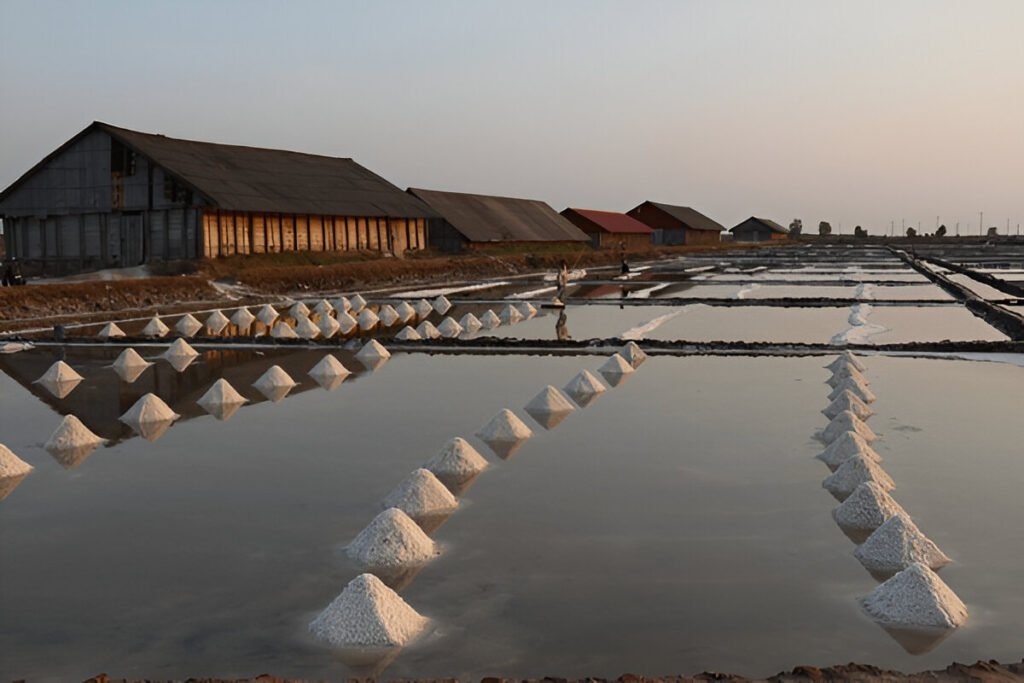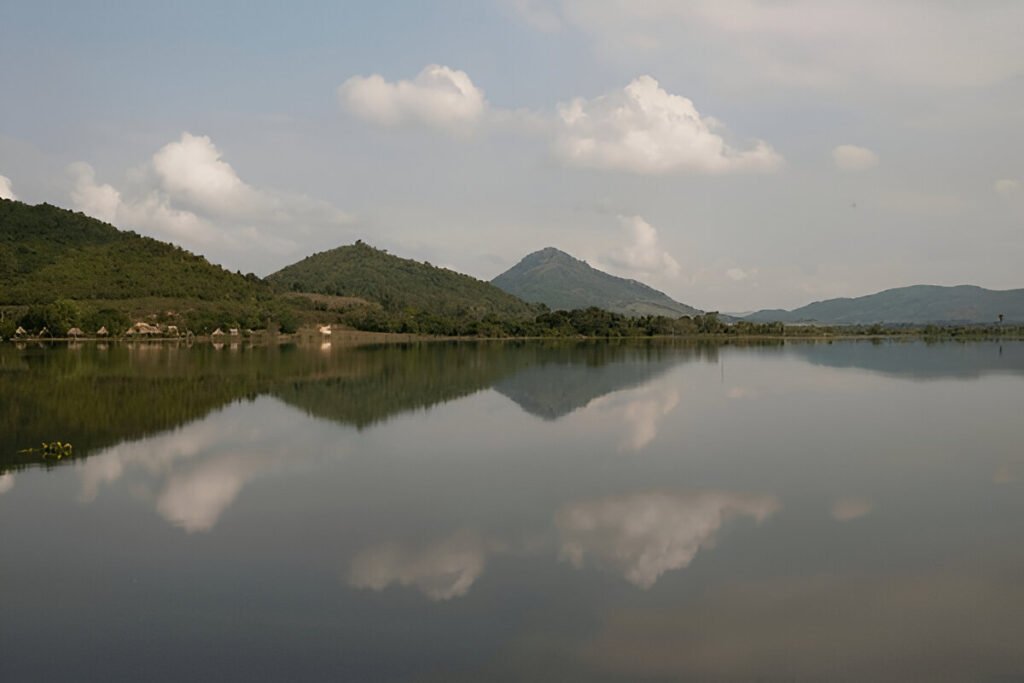Introduction:
Nestled amidst the bustling metropolis of Central Tokyo, the Imperial Palace is a remarkable symbol of Japan’s regal history and tradition. This grand edifice stands as a contrasting silhouette against the city’s skyline, offering a fascinating blend of the old and new. With its rich cultural significance and enchanting aesthetic appeal, it’s a must-see destination for anyone visiting the land of the rising sun.
Unveiling the Majesty of Tokyo’s Imperial Palace
The Imperial Palace, built on the grounds of the old Edo Castle, is a sprawling complex surrounded by ancient stone walls and moats. It’s not just the residence of Japan’s Imperial Family but also a treasure trove of picturesque gardens, art galleries, and historic buildings. At the heart of the palace grounds is the main palace (Kyuden) where official state functions and ceremonies are held. The Palace’s architecture is a stunning representation of Japan’s traditional style, with its slate roofs, ornate gates, and meticulously manicured gardens.
The East Gardens, open to the public, offer visitors a serene respite from the bustling city life. They exhibit the seasonal changes in their flora, each season casting a different hue on the landscape. The palace grounds are home to an array of ancient guardhouses, gates, and administrative buildings, which display intricate Japanese craftsmanship. The palace’s Nijubashi Bridge, with its reflection beautifully mirrored in the water, is another iconic spot that captures the essence of Japan’s royal majesty.
The Historic Enchantment of Japan’s Royal Residence
The Imperial Palace is steeped in history dating back to the 15th century. It was once the site of the Edo Castle, the seat of the Tokugawa shogun who ruled Japan from the 1603 to 1867. The castle’s relics, including the stone walls, inner moats, and guardhouses, still stand today as a testament to Japan’s feudal past. The palace was destroyed during World War II but was rebuilt in the same traditional Japanese architectural style, preserving its historical allure.
The palace’s museum houses an array of royal artifacts and treasures. From ancient scrolls, exquisite artworks to heirlooms of the Imperial Family, the collection showcases Japan’s rich cultural and historical tapestry. The guided tours of the palace offer a captivating insight into the imperial family’s life and the palace’s historic significance.
Things to Do:
Explore the East Gardens with their beautiful landscapes, historic structures, and the enchanting Japanese garden, a perfect spot for a peaceful stroll. Don’t forget to visit the Seimon Ishibashi Bridge and the Nijubashi Bridge, where you can witness the palace’s grandeur and snap some memorable photos. Participate in guided tours available in English to delve deeper into the palace’s history. While here, don’t miss the chance to catch a glimpse of the Emperor on New Year (January 2) and his birthday when the Imperial Family makes public appearances.
Local Tips:
The best time to visit the Imperial Palace is in spring when cherry blossoms bloom, adding to its beauty. However, remember that the palace is closed on Mondays and Fridays. Dress comfortably for the weather and wear good walking shoes as the palace grounds are vast. Be respectful of the rules, such as not touching the ancient structures and not smoking within the premises.
How to Get There:
The Imperial Palace is easily accessible by public transportation. From Tokyo Station, it’s just a 10-minute walk to the palace. Alternatively, you could take the Chiyoda subway line and alight at Nijubashimae (Marunouchi) Station.
Nearby Attractions:
While in the area, consider visiting the Marunouchi district, known for its high-end shopping and dining establishments. Also, the nearby Hibiya Park and Yasukuni Shrine are worth exploring for their scenic and cultural appeal.
Conclusion:
The Imperial Palace, with its alluring mix of history and beauty, offers an unforgettable journey into the heart of Japan’s royal heritage. It’s not just a visit, it’s a step back in time, an experience that will leave you with lasting memories. So, when in Tokyo, make sure to immerse yourself in this regal splendor.






